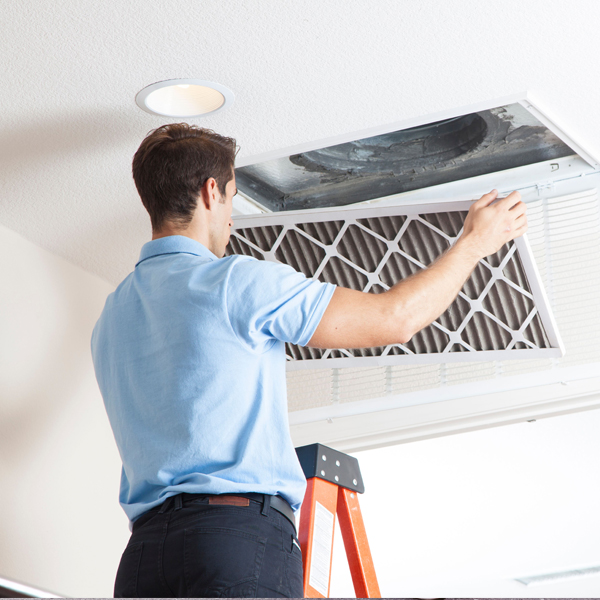◉ What kind of filter should I buy?
◉ What kind of air filter should I buy?
◉ What size air filter should I purchase?
◉ \s3 Which air filter should I get?
There are just so many methods to make filters. There are three options for residential air filters. You can get a pleated filter, a fiberglass filter, or a washable reusable filter. Each type has downsides, and two of them have advantages, so let’s take a closer look at those.
Pleated
Pleated filters are named by their filter media, which is the material inside the frame that does the actual filtering. To optimize surface area, the media of a pleated filter is folded like an accordion. Previously constructed of cotton, today’s pleated filters are comprised of synthetic polymers, which allow for effective filtration while minimizing the influence on airflow.
One of the benefits of pleated air filters is their great filtering effectiveness. Pleated high MERV filters are usually always used. Pleated filters catch a substantially higher percentage of large particles and a lot higher percentage of small particles than competing filter types.
Pleated filters require little effort and provide a lot of functionality. All you have to do is remember to replace them, and they’ll keep sucking crud out of your air.
Fiberglass
Fiberglass air filters are the most affordable on the market, sometimes costing less than a dollar. They are inexpensive for a reason, and that reason is that they are crap. Yes, fiberglass filters are a waste of time. Fiberglass filters are the least effective option and are only suggested as “prefiltering” devices by the National Air Filtration Association. Simply put, they are lousy at what they do.
Electrostatic Washable
Washable electrostatic filters are metal-frame filters that can be washed and reused rather than replaced. The price range for them is broad, with the most expensive ones reaching $90.
The lifespan of these filters is an advantage. While they will eventually wear out, they can be reused for many years before that. The drawback is that you must wash them on a regular basis and allow them to dry completely before reinserting them. This can eat into your busy schedule because they don’t dry instantaneously, and mold development can be a significant issue if your washable filter doesn’t completely dry.
Washable filters are also ineffective in collecting big particles. They struggle to draw larger particles that are more difficult to pull with a charge because static electricity is their only screening mechanism. As a result, washable filters tend to act in the opposite direction of fiberglass filters, allowing larger particles through while filtering out smaller ones.
What kind of filter should I get?
After you’ve determined whatever type of filter is best for you, you’ll need to determine which rating is best for you. Filters are scored on three different scales. The MERV scale, which stands for minimal efficiency reporting value, is utilized by both Second Nature and the National Air Filtration Association.
The MERV scale ranges from 1 to 16. Second Nature’s Essential, Essential+, and Health Shield filters have MERV ratings of 8, 11, and 13, respectively. Anything rated less than an 8 should probably not be in your home. Anything above a 13 is unnecessary, unless in extreme cases, which is why we provide the range we do.
FPR and MPR, which stand for Filter Performance Rating and Microparticle Performance Rating, are two other filter scales. The Home Depot devised the FPR scale for the brands it sells. The scale runs from 4 to 10, with a color designation for each range. MPR was created by 3M and has a range of 300 to 2800. The scale is based on the filter’s ability to catch particles with diameters less than 1 micron and is only found on 3M Filtrete filters.
We’ve included a conversion chart with MERV, FPR, and MPR so you know what you’re getting if you buy from somewhere who rates its filters using one of those less used systems.
Choosing the appropriate MERV rating for your home requires consideration of a number of personal considerations.

